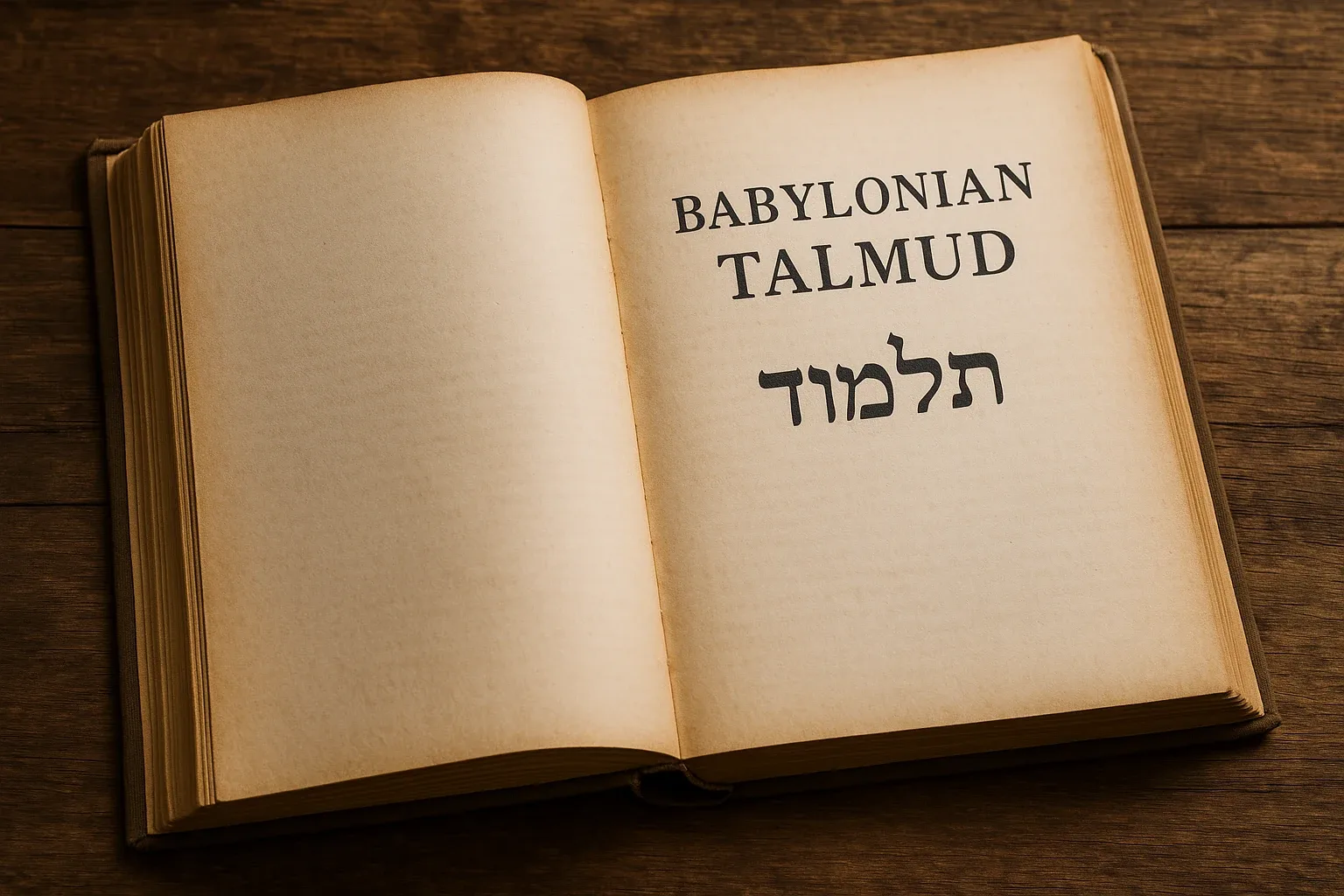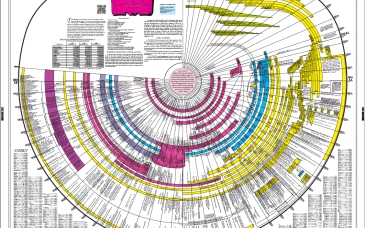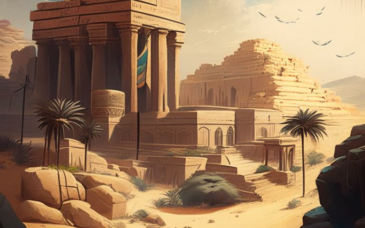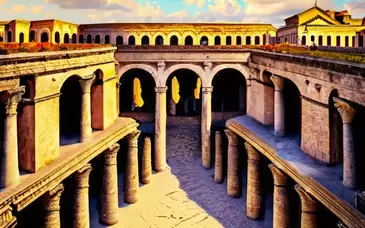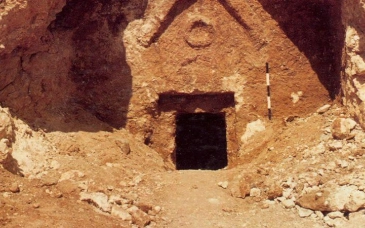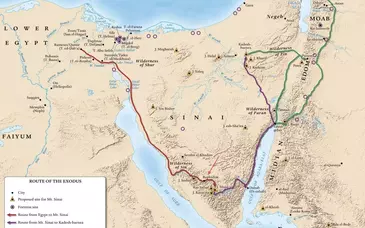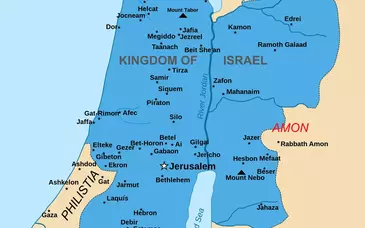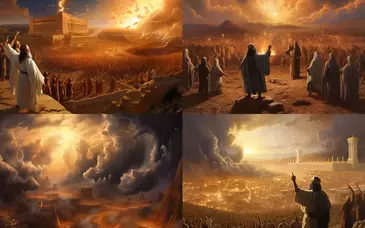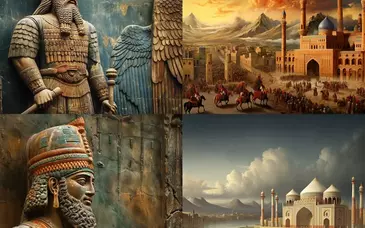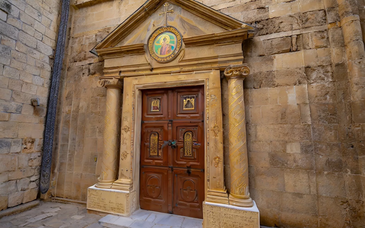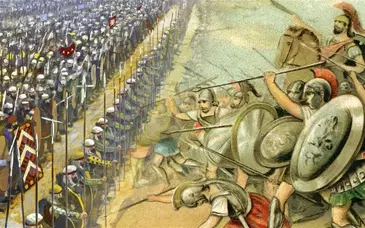In the turbulent landscape of Middle Eastern geopolitics, few rivalries are as charged and complex as that between modern-day Israel and Iran. But while their current tensions are rooted in modern ideologies, security concerns, and regional ambitions, the roots of their relationship extend deep into antiquity. By examining biblical texts and historical records, we uncover a story that swings between hostility and alliance, divine prophecy and political power—a story that still echoes in today’s headlines.
Ancient Iran: Persia’s Surprising Biblical Role
Modern Iran is the inheritor of the ancient Persian Empire, most notably under the rule of Cyrus the Great, who conquered Babylon in 539 BCE. While “Iran vs. Israel” may dominate today’s discourse, the Hebrew Bible paints a more nuanced picture of Persia’s ancient relationship with the Jewish people.
According to the Book of Ezra, Cyrus issued a decree allowing the Jews to return to their homeland and rebuild the Temple in Jerusalem, destroyed decades earlier by the Babylonians. In Isaiah 45:1, the prophet refers to Cyrus as God’s “anointed,” a remarkable title for a non-Israelite ruler. This act of deliverance positioned Persia not as an enemy, but as a divinely appointed restorer of Zion.
Subsequent Persian rulers—including Darius I and Artaxerxes—continued to support the rebuilding of Jerusalem and allowed Jewish religious and civil institutions to reestablish themselves. Far from being adversaries, the Persians were essential to the survival and revival of the Jewish people after the exile.
From Cooperation to Conflict: Shifting Dynamics
While the biblical record of ancient Persia is largely positive, the centuries that followed saw changing fortunes. During the Parthian and Sassanid empires—successors to the Achaemenids—relations with Jewish communities remained relatively stable. Jews flourished in Persian lands, particularly in Babylonia, where the Babylonian Talmud was compiled.
It wasn’t until the Islamic conquests and later periods of Persian history that Jewish life in Iranian lands became more precarious. Still, compared to many other empires, Iran maintained sizable and influential Jewish communities for centuries.
In the 20th century, before the Iranian Revolution of 1979, Iran and Israel had strong ties. Iran was one of the first Muslim-majority countries to recognize Israel de facto and provided critical oil and trade support. However, the Islamic Republic, founded on a radically different ideological foundation, views Israel as an illegitimate state and a threat to its regional vision. In return, Israel perceives Iran’s nuclear ambitions and its support for anti-Israel proxies as existential dangers.
Thus, the narrative shifted—from divinely used empire to ideological adversary, reflecting how ancient names can carry dramatically different meanings across eras.
Scriptural and Prophetic Themes
Prophecy plays a central role in both Iran and Israel’s historical imagination. For many Jews and Christians, Persia’s role in the Bible is seen as evidence of God’s sovereignty over nations. In Jewish eschatology and some Christian interpretations, Iran (sometimes linked to ancient Elam or Persia) appears in end-times scenarios—though interpretations vary widely.
For example, Ezekiel 38 references Persia among the nations that will rise against Israel in a future conflict, often tied in modern discourse to apocalyptic expectations. While these interpretations are controversial and not universally accepted, they underscore how ancient names still shape modern perceptions.
Modern Echoes of Ancient Themes
The modern rhetoric exchanged between Iranian and Israeli leaders often invokes absolute moral claims: good vs. evil, legitimacy vs. usurpation, justice vs. oppression. These themes are not new—they reflect biblical patterns of covenant, exile, restoration, and divine judgment.
But historical irony remains: the same land once ruled by a Persian king who enabled the Jewish return to Jerusalem is now led by voices calling for Israel’s destruction. The transformation from ancient ally to ideological foe reveals how history can repeat in reverse, with old names gaining new meanings.
Can Ancient Wisdom Inform Modern Policy?
Understanding the ancient relationship between Israel and Persia/Iran is not about romanticizing the past or ignoring modern realities. But it does invite deeper reflection. History shows that empires rise and fall, and that alliances and enmities are not fixed forever.
The Bible’s portrayal of Cyrus the Great reminds us that even powerful foreign rulers can be instruments of peace, restoration, and unexpected redemption. Similarly, the Jewish resilience through Persian patronage reminds us that coexistence and cooperation are possible, even under imperial rule.
The relationship between Israel and Iran is far more ancient—and more complex—than modern narratives suggest. From the divinely endorsed rule of Cyrus to the modern-day hostilities between Tehran and Jerusalem, the story is one of shifting identities and evolving missions. The Bible and history together remind us that today’s enemies were once allies, and that even ancient enmities can carry modern echoes—sometimes haunting, sometimes hopeful.
